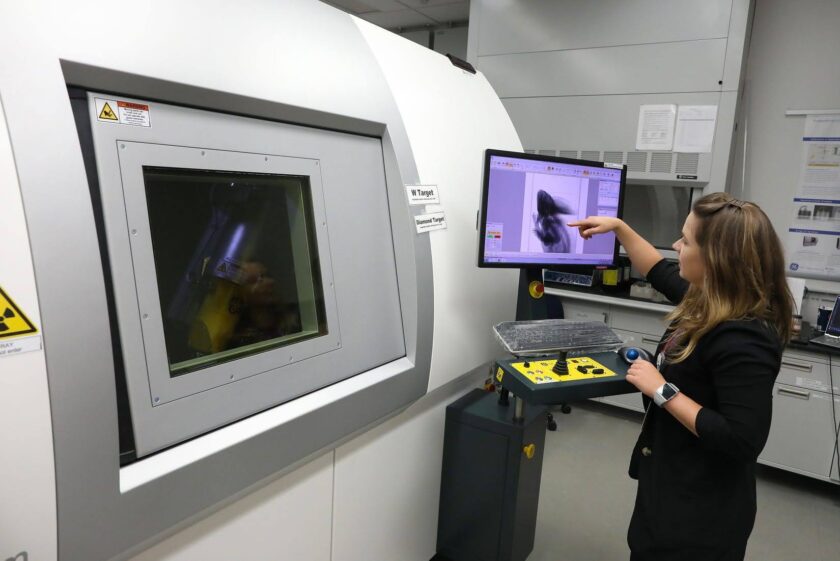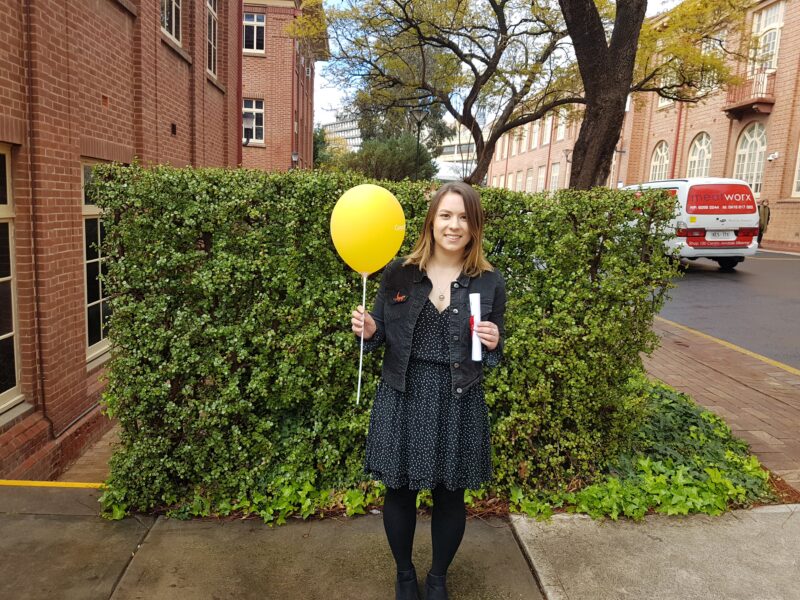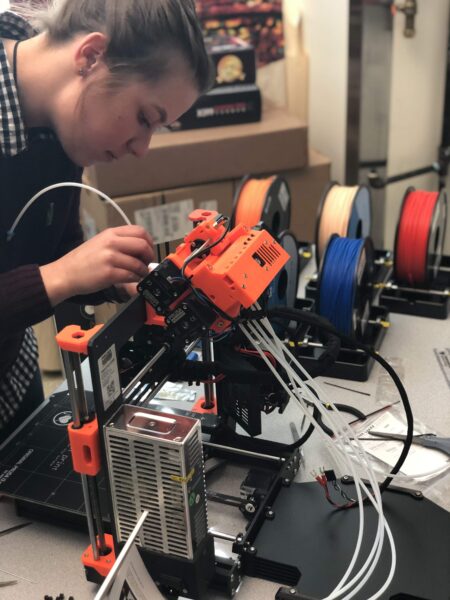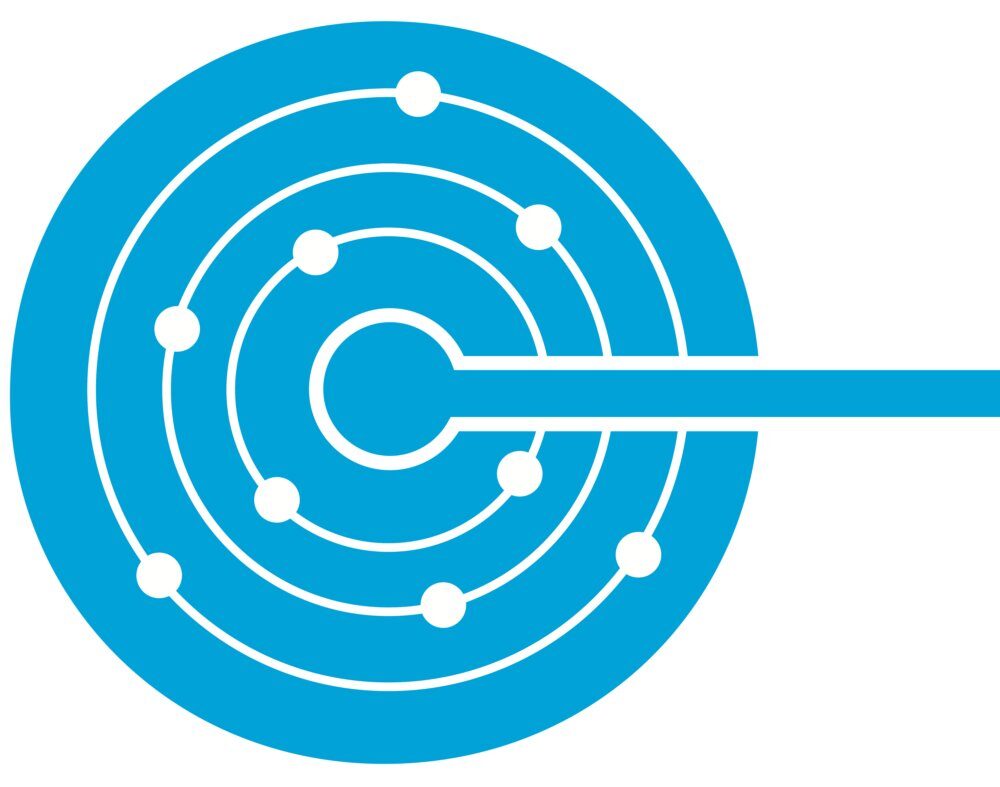
Hello! I’m Dr. Jaimi Gray (ORCID) and I recently joined the team at the University of Texas High resolution X ray CT facility (a.k.a. UTCT). I primarily operate our custom North Star system (which has two X-ray sources!), but also operate our Zeiss Xradia. I scan all kinds of things: biological, fossils, geological specimens, planetary, engineering, and industrial samples. We get a wide variety of things coming through the lab for scanning, so it’s always an interesting day in our CT lab!
My tomography journey started over a decade ago. In the final year of my undergraduate degree in Evolutionary Biology, we were asked to choose a project from a list. I chose a project where I would be studying the skull of the Australian mountain dragon (Rankinia diemensis). I was paired up with an advisor, who happened to be Mark Hutchinson (a well-known Australian herpetologist and my future PhD advisor). Mark sat down with me and showed me CT scans of skulls of the mountain dragon and its relatives. I was mesmerized by the way I could see the bones and manipulate the skulls on the screen, and enlarge very minute characters to look at in fine detail.

Once I finished my PhD on Australian dragon lizard skull evolution at the University of Adelaide, and had learned how to work with skeletal elements, I decided that I wanted to keep adding more tomography skills to my toolbox. I had met Dr. Paul Gignac in a postdoc interview, and I knew that he was the leading expert in diffusible iodine-based contrast-enhanced CT (diceCT), so I got in contact with him about getting some funds to spend time in his lab to learn how to diceCT. We wrote up an application for an Australian Government funded Endeavour Leadership Award, which would allow me to spend 6-months in Dr. Gignac’s lab to learn diceCT. In the meantime, I was offered a short six month postdoc working on New Zealand harvestmen at the University of Auckland. So I thought “well I’ve learned how to image small vertebrates, why not expand out to invertebrates?”. After I finished up my work in Auckland working on harvestmen weaponry, I headed off to Oklahoma State University in Tulsa OK, to learn everything diceCT.

During my time in Tulsa, I learned everything I could about imaging soft tissues of natural history specimens. Towards the end of my time in Tulsa, Dave Blackburn and Ed Stanley were searching for a postdoc to do the soft-tissue imaging component of the open Vertebrate (oVert) project. I applied for and was successful in getting that position. The timing seemed perfect, until COVID hit. While I was stuck at home in Australia waiting to be able to get my new US Visa, and travel exemption from the Australian government, I started developing two collections of educational 3D models – Forelimb Homology and Skull Anatomy. Four years later, these models remain popular resources for education.
When I finally headed off to Gainesville FL, I was more than ready to dive headfirst into imaging the soft tissue anatomy of ALL the vertebrates. From the moment I was let loose in the Florida Museum collections, I had the time of my life staining things with iodine and scanning them at the Nanoscale Research Facility. Toward the end of oVert, Dr. Ed Stanley and several other well-respected names in the tomography community were awarded the NoCTURN grant. This seemed like a natural follow-on from my work on the oVert project. I had spent several years generating huge amounts of tomography data, now I could work on how to manage that data in a FAIR (Findable, Accessible, Interoperable, Reusable) way. So I became the NoCTURN postdoc.
Earlier this year I was hired for my current position at UTCT. While in hindsight it seems like all roads had been leading me here, I did not plan any of this. I even experienced several “failures” that seemed devastating at the time, but in hindsight meant that things worked out better for me in the long term. The path I’ve followed is not really a traditional academic one, but I kept working hard and taking all the opportunities I could until I ended up here!
